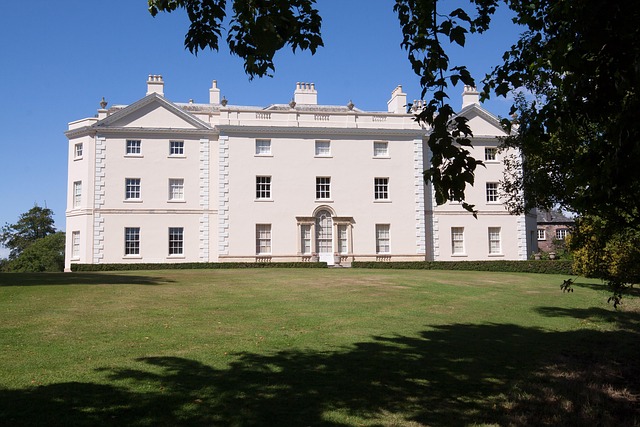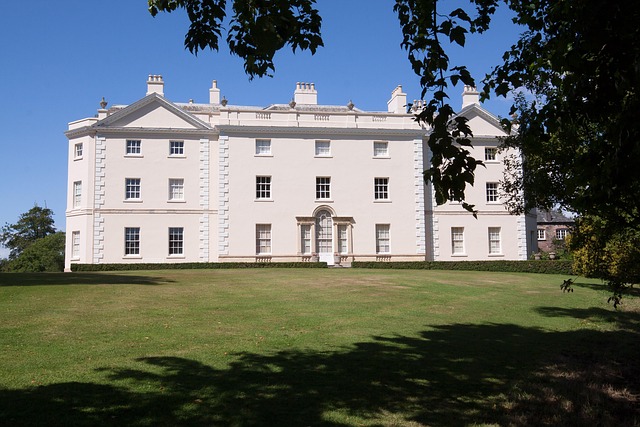Annual festivals in outdoor spaces like parks and urban streets have become powerful community engagement tools, especially for the real estate sector. These events transform open areas into vibrant hubs, attracting locals and tourists with immersive property experiences. Festival planners should prioritize strategic space utilization to enhance enjoyment, incorporating natural elements, local art, and efficient layouts. Annual festivals significantly benefit communities socially and economically, boosting property values, increasing foot traffic, and improving local businesses' revenue.
Annual festivals bring a vibrant pulse to outdoor spaces, transforming real estate into dynamic hubs of community celebration. These events aren’t just about fun; they significantly impact local real estate markets by enhancing property values through increased foot traffic and community engagement. This article explores the multifaceted role of outdoor spaces in real estate, delving into festival planning, design strategies, and their lasting effects on communities. Discover how well-curated festivals can create memorable experiences while fostering a thriving environment for residents and visitors alike.
The Role of Outdoor Spaces in Real Estate Festivals

Annual festivals have become a staple of community engagement, and outdoor spaces play a pivotal role in their success, especially within the real estate sector. These events transform parks, open fields, and sometimes even urban streets into vibrant hubs of activity, attracting locals and tourists alike. The integration of real estate festivals into these outdoor settings offers a unique advantage by providing prospective buyers, sellers, and renters with an immersive experience of the properties on offer.
From showcasing residential plots to displaying commercial spaces, outdoor festival environments allow attendees to envision how these locations could fit into their lives. This hands-on approach fosters a sense of community and connection, encouraging engagement and interaction between real estate professionals and potential clients. As a result, these festivals become not just celebrations but also strategic platforms for marketing and networking within the industry.
Planning and Designing Festival Areas for Optimal Enjoyment

When planning festival areas, real estate plays a pivotal role in shaping the overall experience. Organizers should consider open spaces that can accommodate various activities and stages for live performances. The layout should be designed to ensure optimal flow, allowing attendees to navigate effortlessly between different zones while minimizing congestion. Ample seating areas, shade structures, and accessible pathways contribute to comfort and enjoyment, especially during outdoor festivals where weather conditions can vary.
Visual appeal is another critical aspect. Creative use of natural elements, such as planting trees or installing outdoor lighting, enhances the ambiance. Festival organizers can engage local artists to add unique touchpoints that encourage exploration. Efficient utilization of available real estate not only creates a visually stunning environment but also ensures every attendee has a memorable experience, fostering a sense of community and connection with nature.
How Festivals Impact Local Communities and Property Values

Annual festivals bring a vibrant energy to local communities, transforming outdoor spaces into bustling hubs of activity and celebration. These events don’t just entertain; they significantly impact the social fabric of neighborhoods, fostering a sense of community among residents. Local businesses thrive during festivals, with increased foot traffic leading to potential boosts in sales and revenue, which can improve the overall economic health of the area.
In terms of real estate, annual festivals can positively influence property values. Homeowners often view festival-friendly neighborhoods as desirable locations, knowing that these events enhance the quality of life. The vibrant atmosphere created by festivals attracts buyers, making properties in festival-centric areas more attractive and potentially increasing their market value. This effect is particularly noticeable in regions known for their rich festival traditions, where property owners may even factor in the festival’s economic impact when setting rental rates or sale prices.






